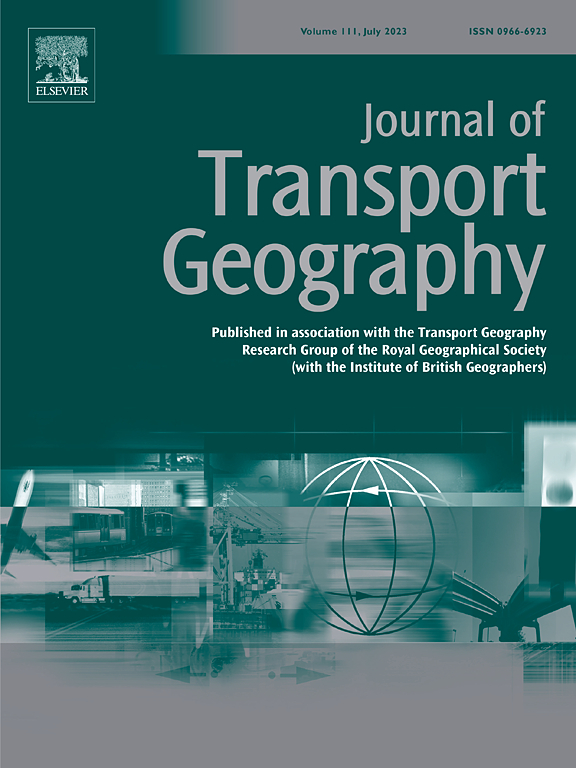Changes in the distance of interprovincial coal transportation in China and its effect on carbon emissions
IF 5.7
2区 工程技术
Q1 ECONOMICS
引用次数: 0
Abstract
The spatial mismatch between coal production and consumption has led to long-distance coal transportation in China, which poses a challenge for balancing the trade-off between carbon reduction and energy security. In response, the spatial restructuring of long-distance transportation and how it contributes to carbon emissions are investigated. The Doubly Constrained Gravity Model is used to estimate the interprovincial coal transportation matrices from 1996 to 2019 and thus measure the coal transportation inflow and outflow radii of provinces and their corresponding carbon emissions. The results show that (1) the inflow radius supports a north-south division of provinces, with a pattern centered on Shanxi, Shaanxi, and Inner Mongolia. The outflow radius supports a coastal-inland division of provinces, with a pattern centered on the Yangtze River Delta region. Overall, the spatial extent of the coal supply in most provinces is shrinking, whereas the extent of demand is expanding. (2) Carbon emissions from coal transportation have increased with the westward shift in coal sources. The interprovincial transportation routes with the highest emissions display a radial pattern, shifting from monocentric to polycentric. (3) An increasing inflow radius suggests a demand-driven emission effect on provinces with advanced manufacturing bases, which have more emissions because of their demand gap. The decreasing outflow radius suggests a supply-driven emission effect. As provinces reduce their coal supply capacity, coal production bases should fill the demand gap, resulting in increased coal transportation emissions.
求助全文
约1分钟内获得全文
求助全文
来源期刊

Journal of Transport Geography
Multiple-
CiteScore
11.50
自引率
11.50%
发文量
197
期刊介绍:
A major resurgence has occurred in transport geography in the wake of political and policy changes, huge transport infrastructure projects and responses to urban traffic congestion. The Journal of Transport Geography provides a central focus for developments in this rapidly expanding sub-discipline.
 求助内容:
求助内容: 应助结果提醒方式:
应助结果提醒方式:


